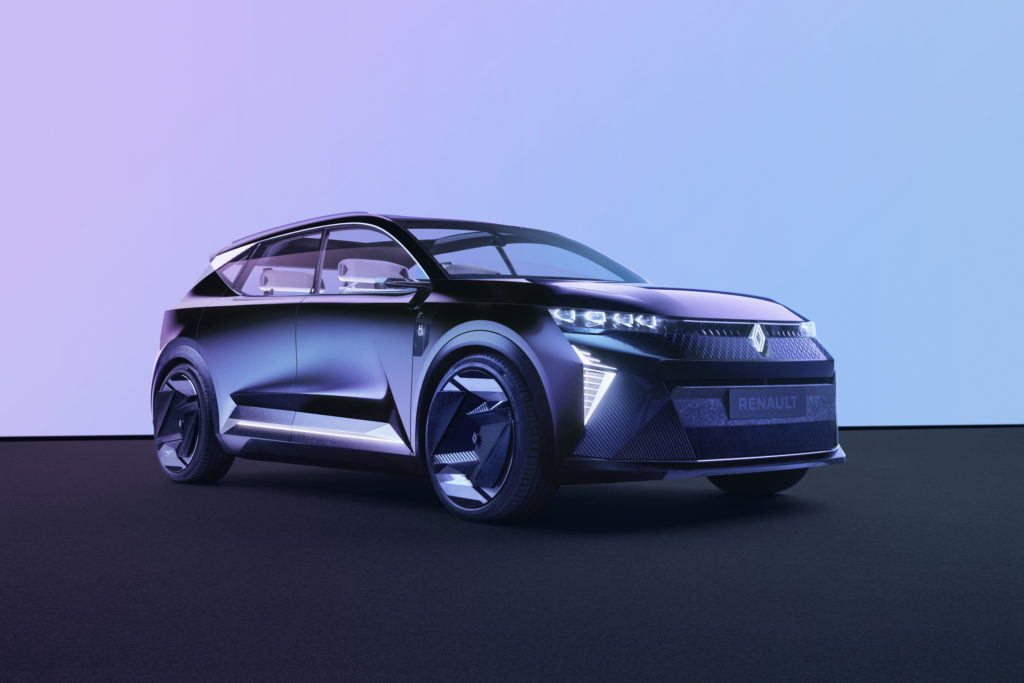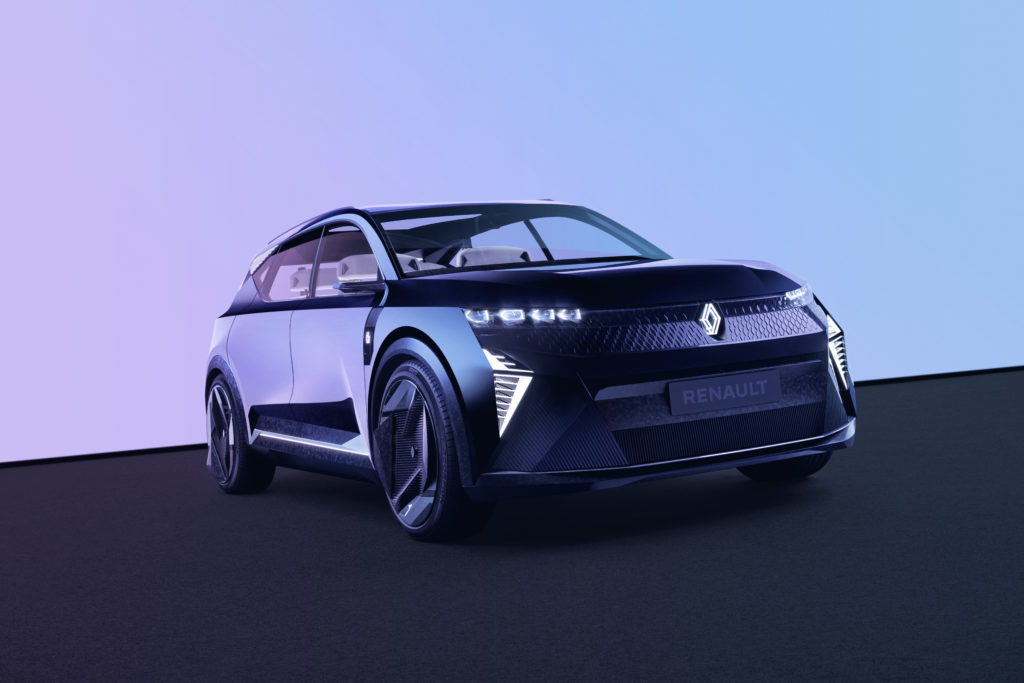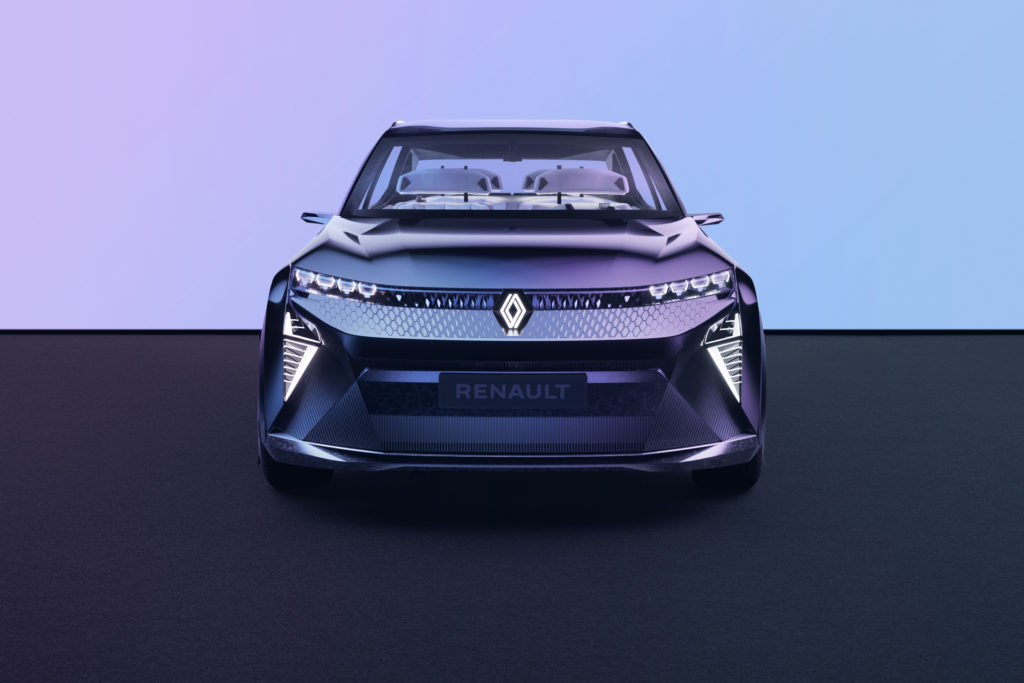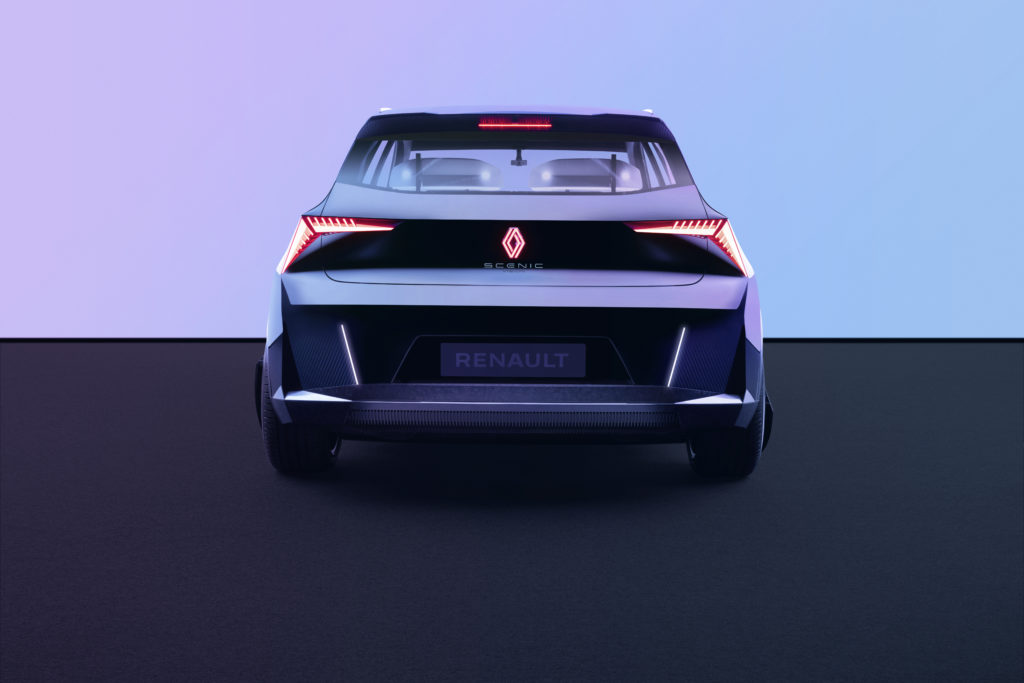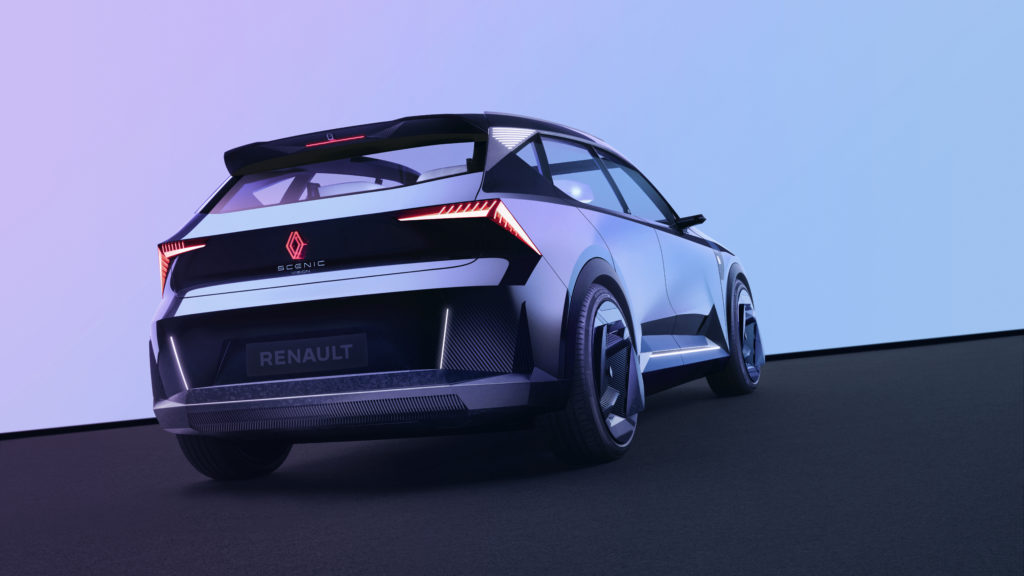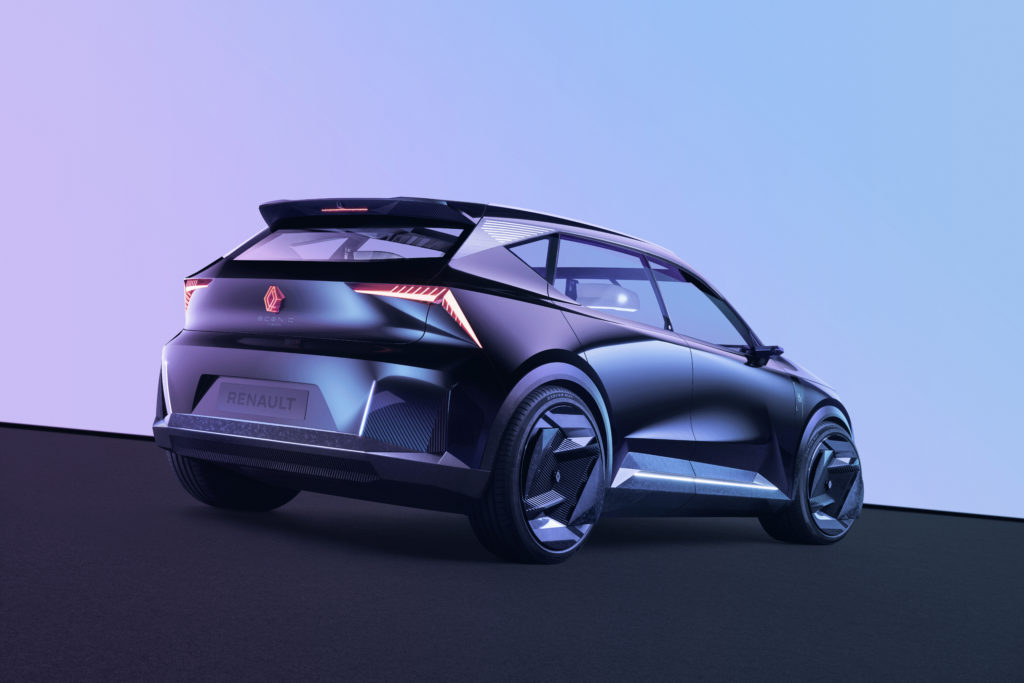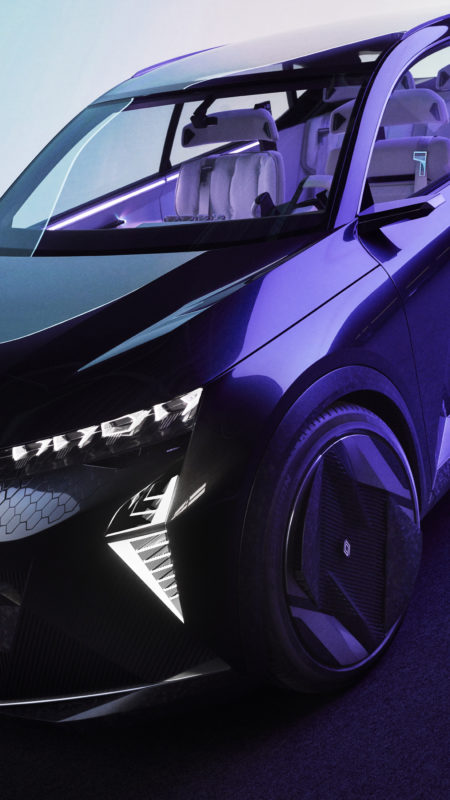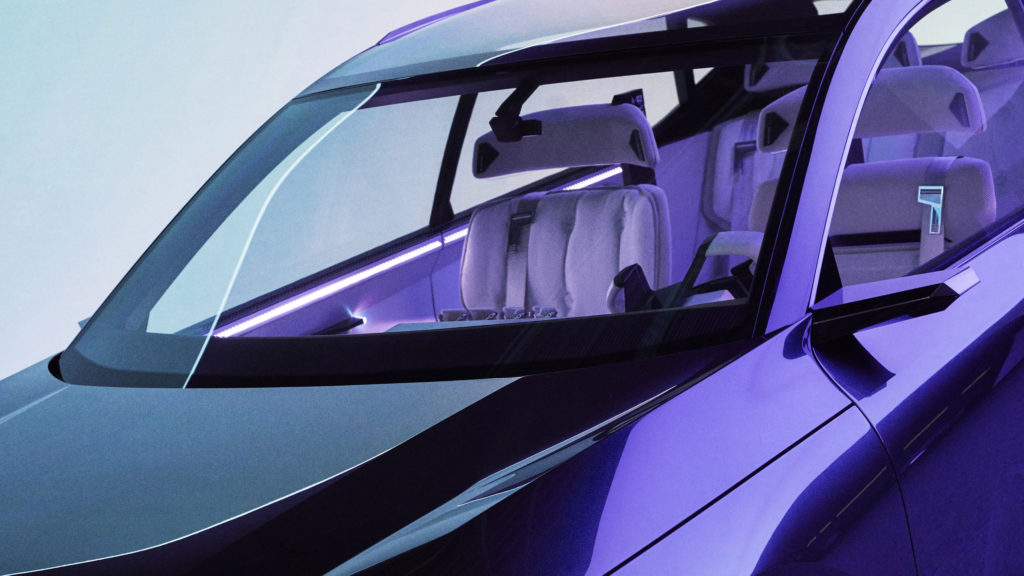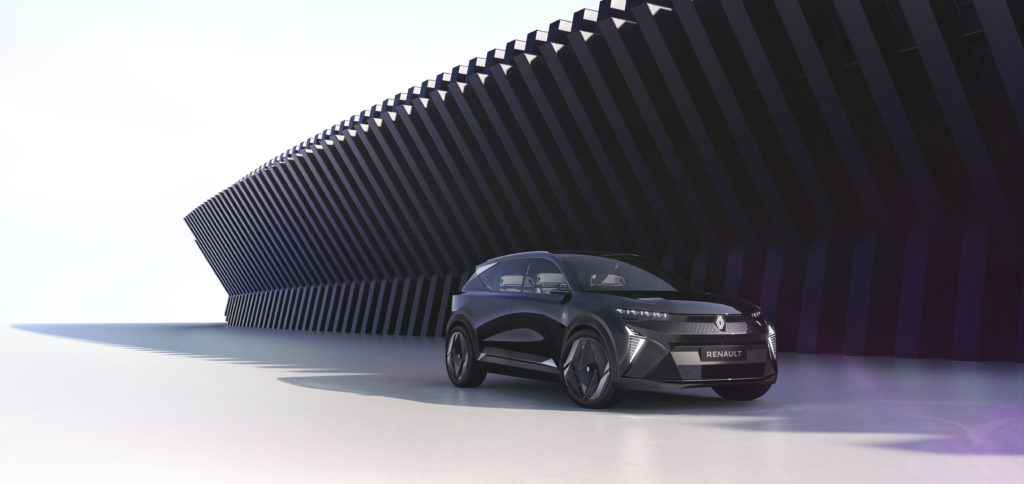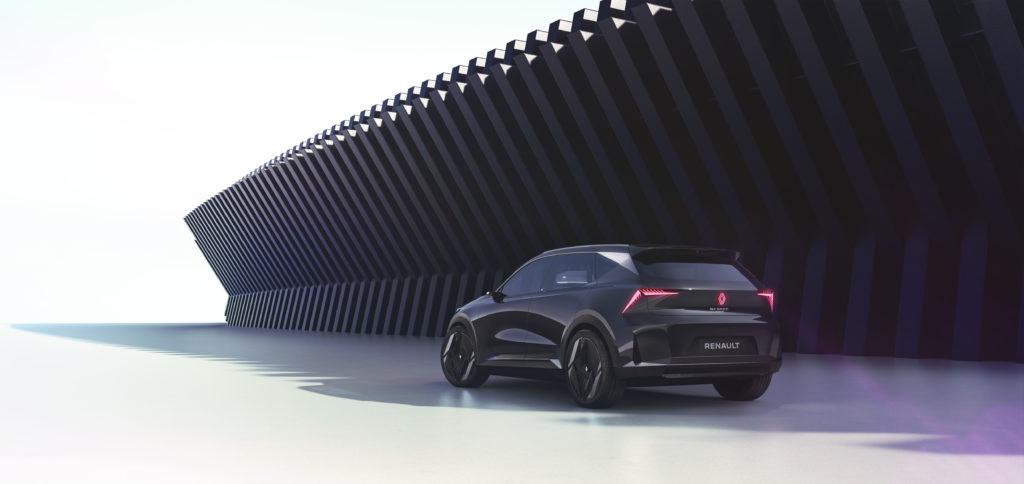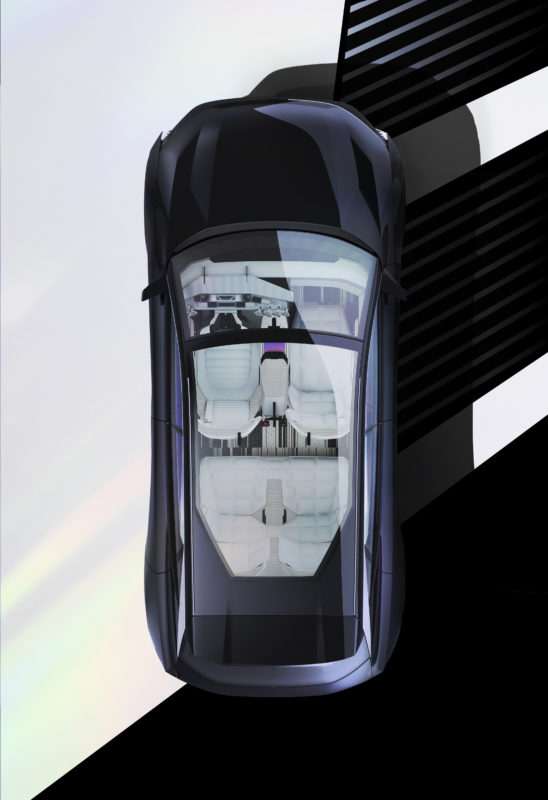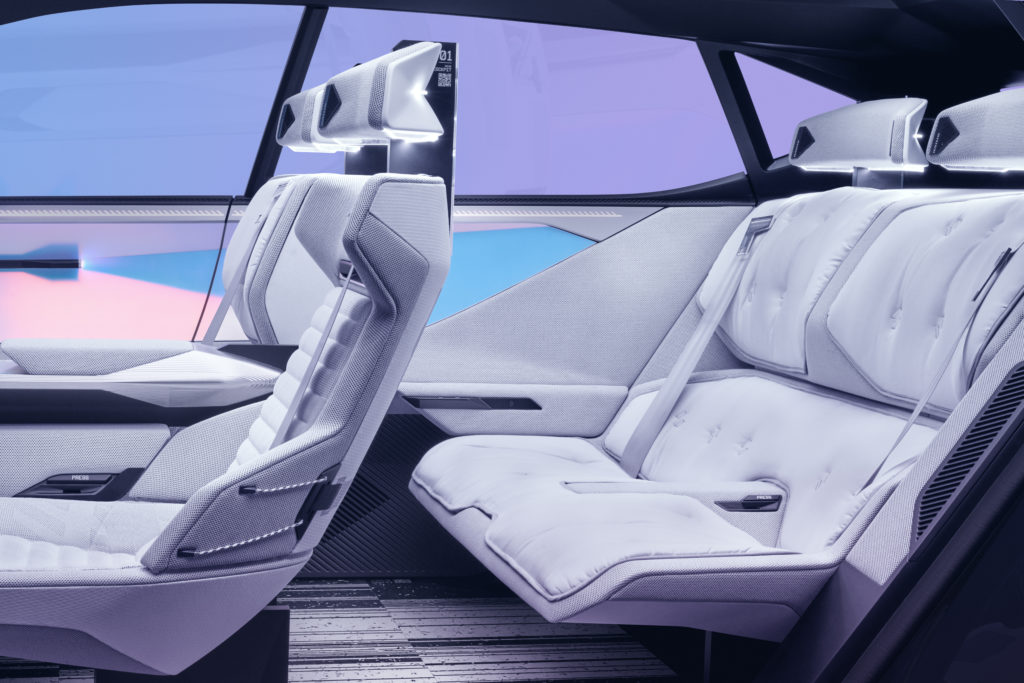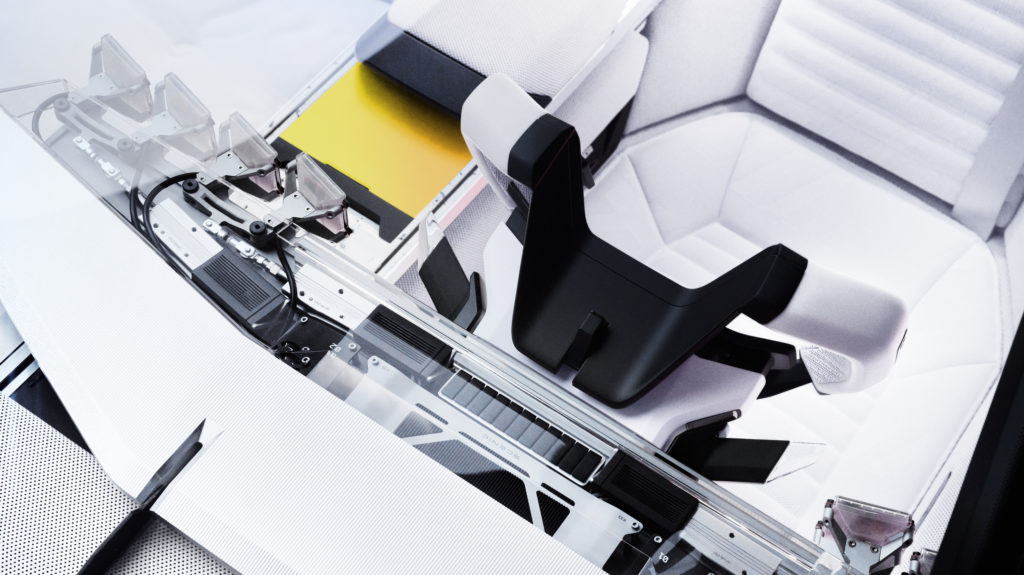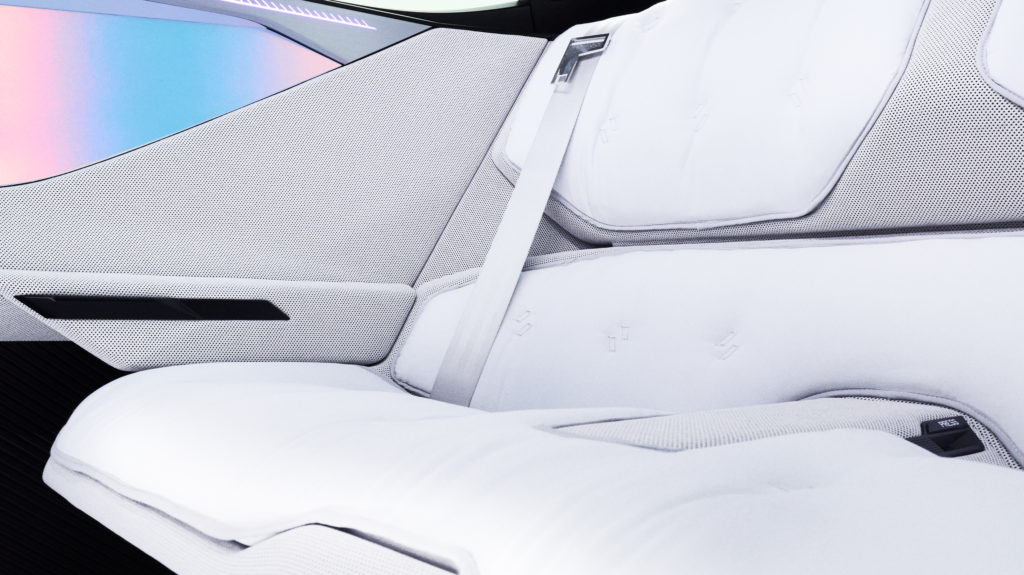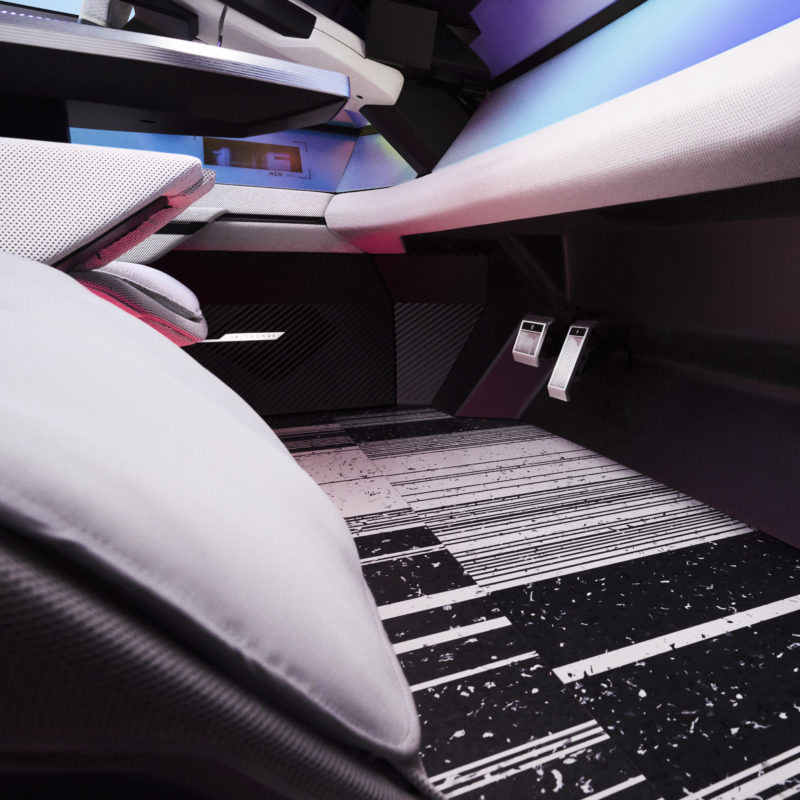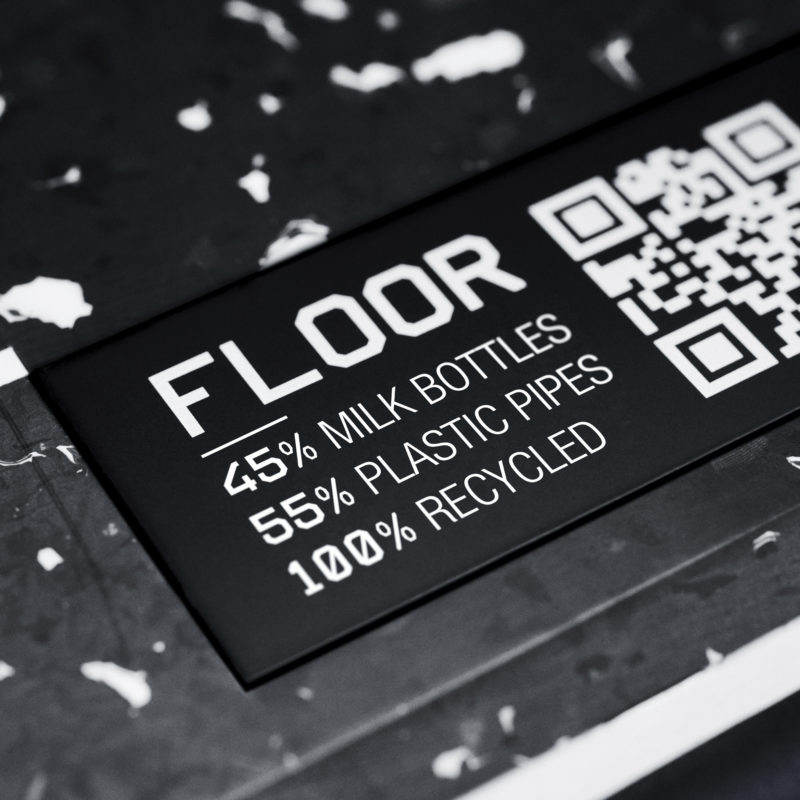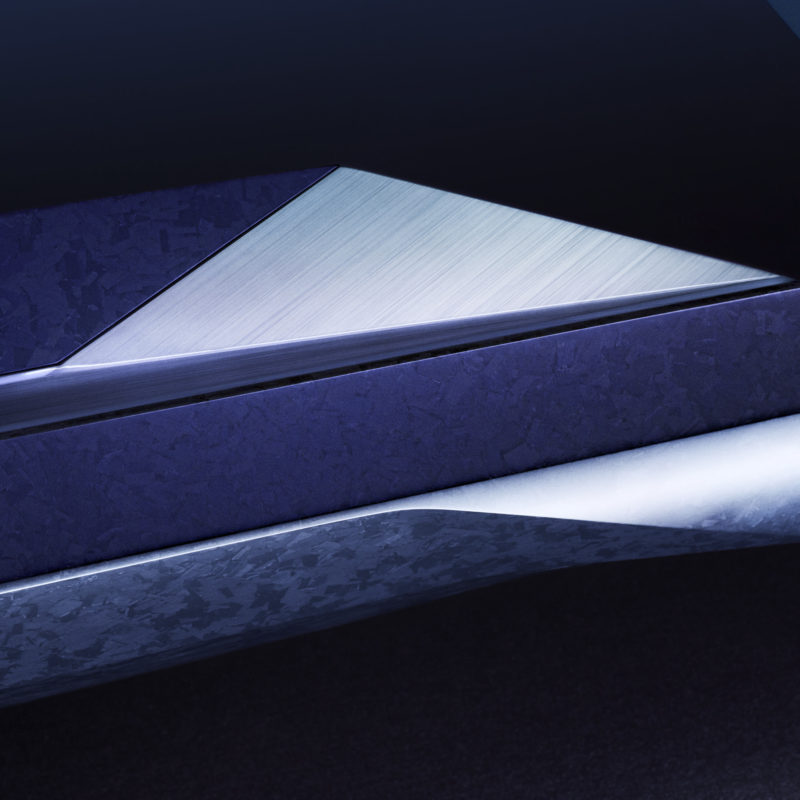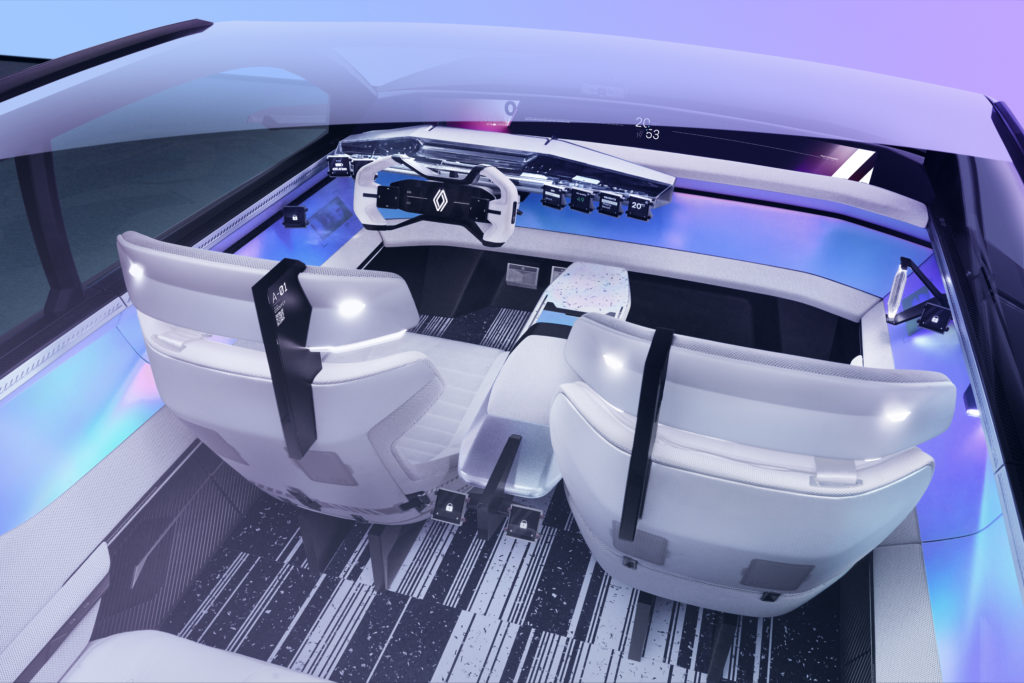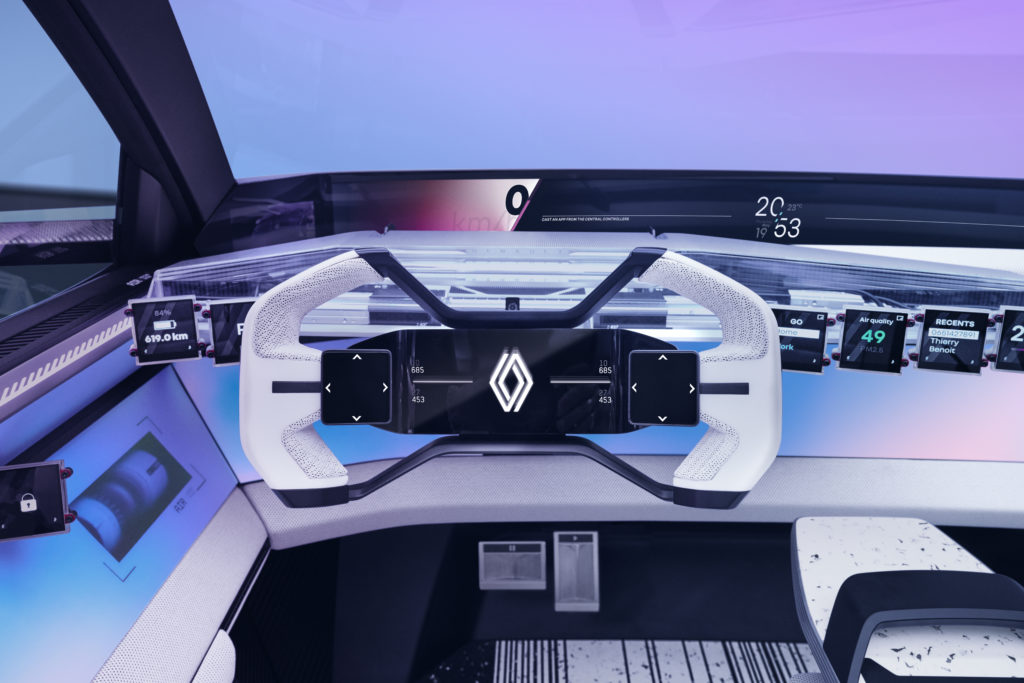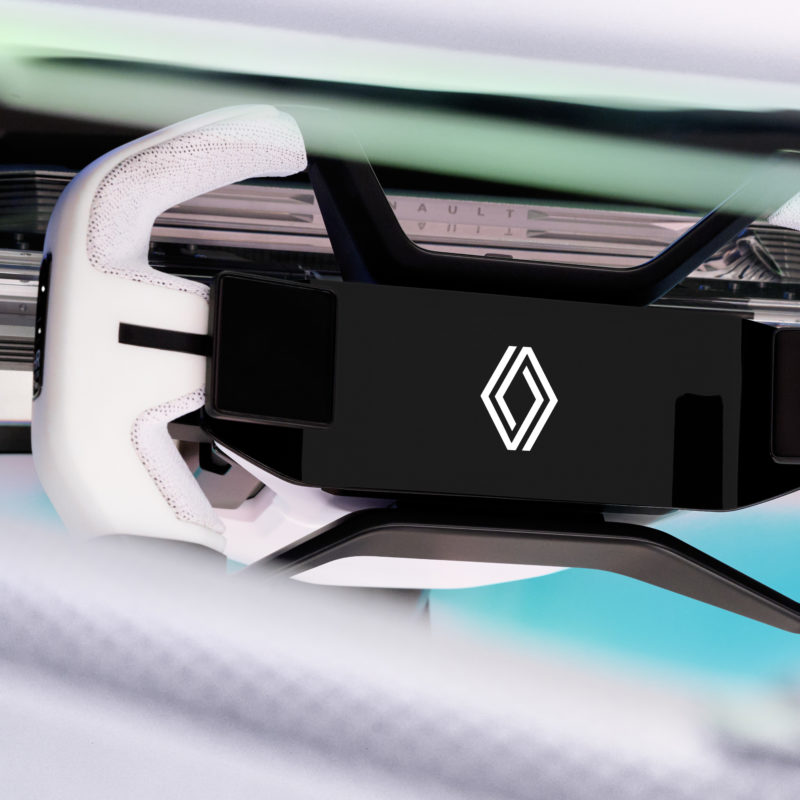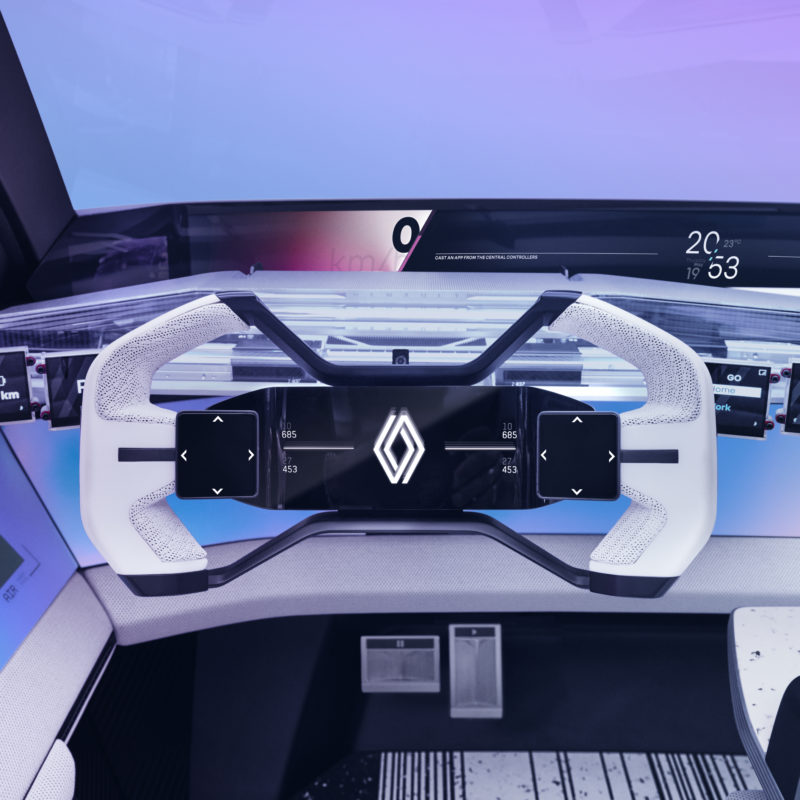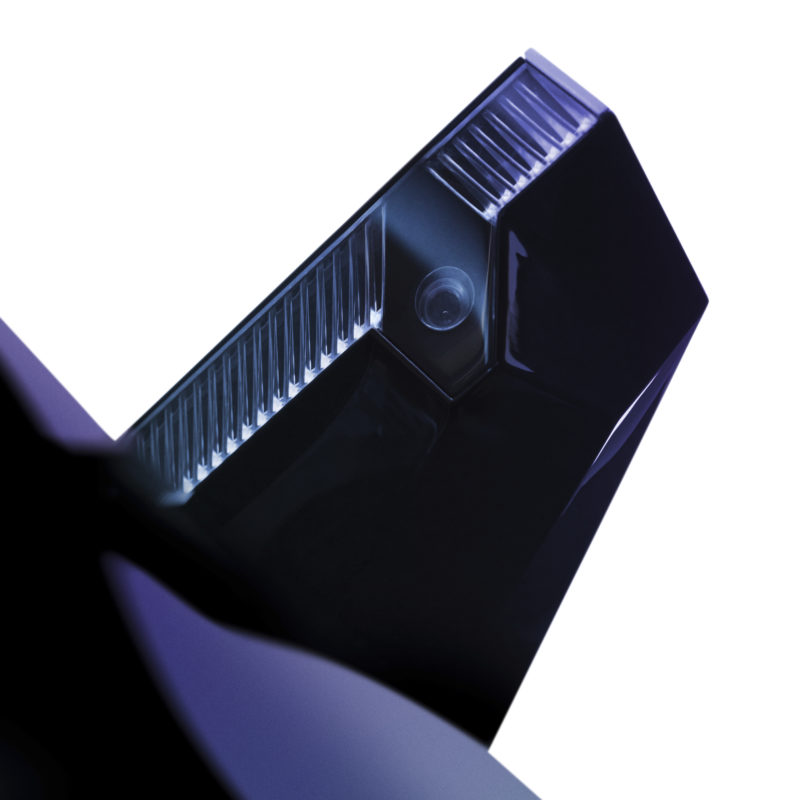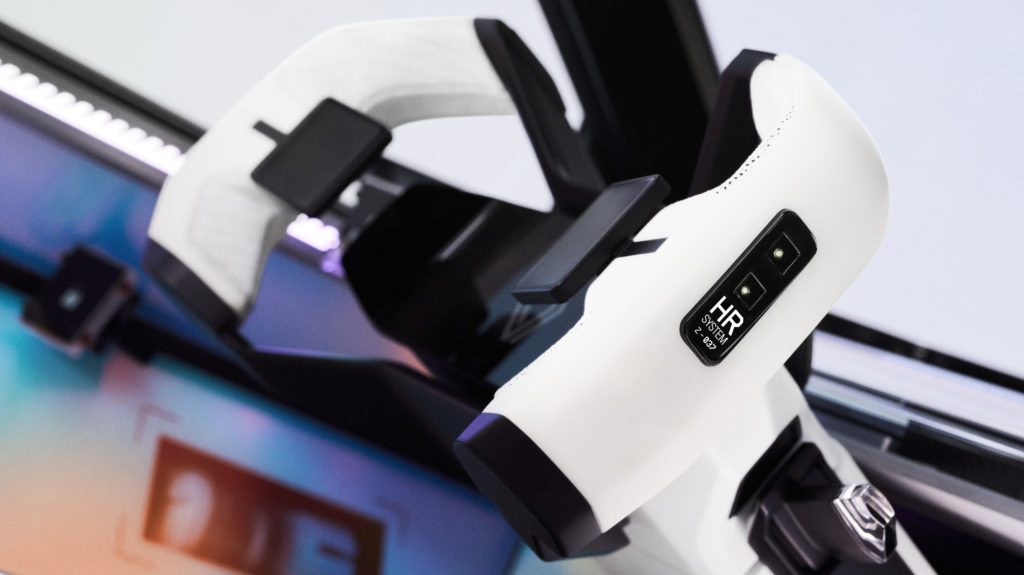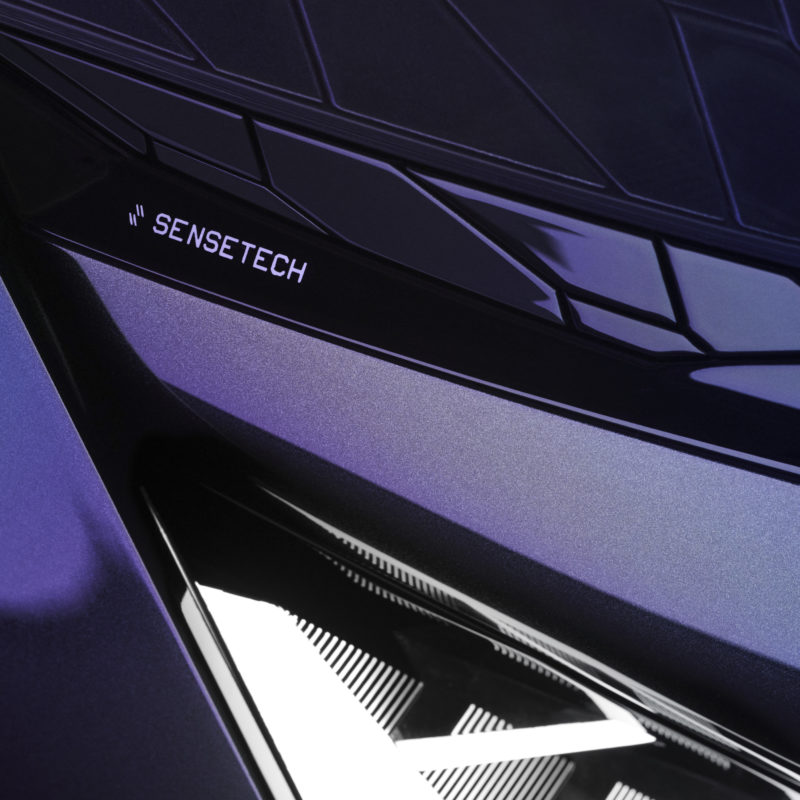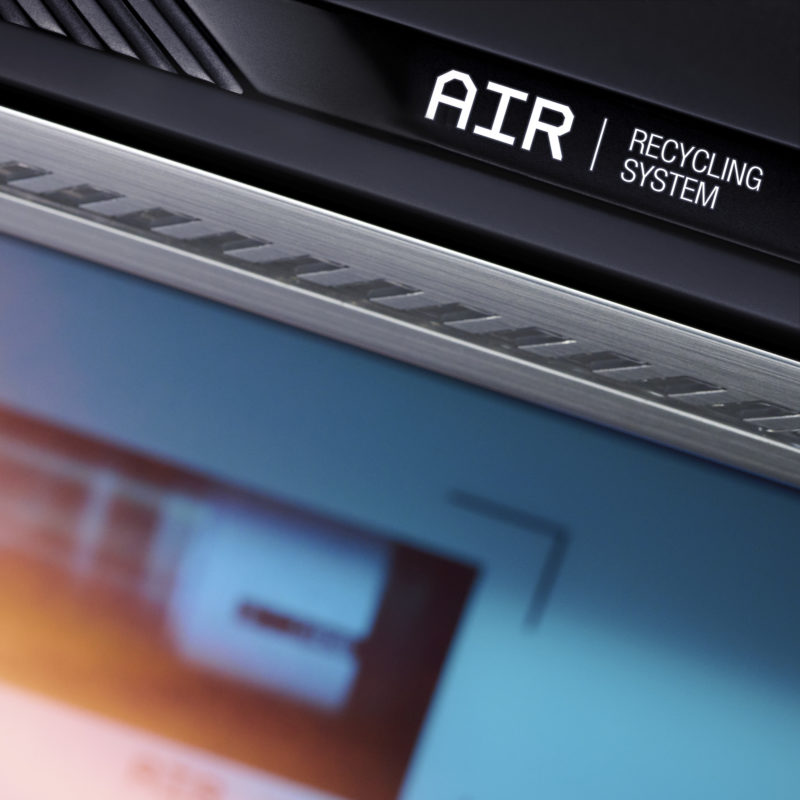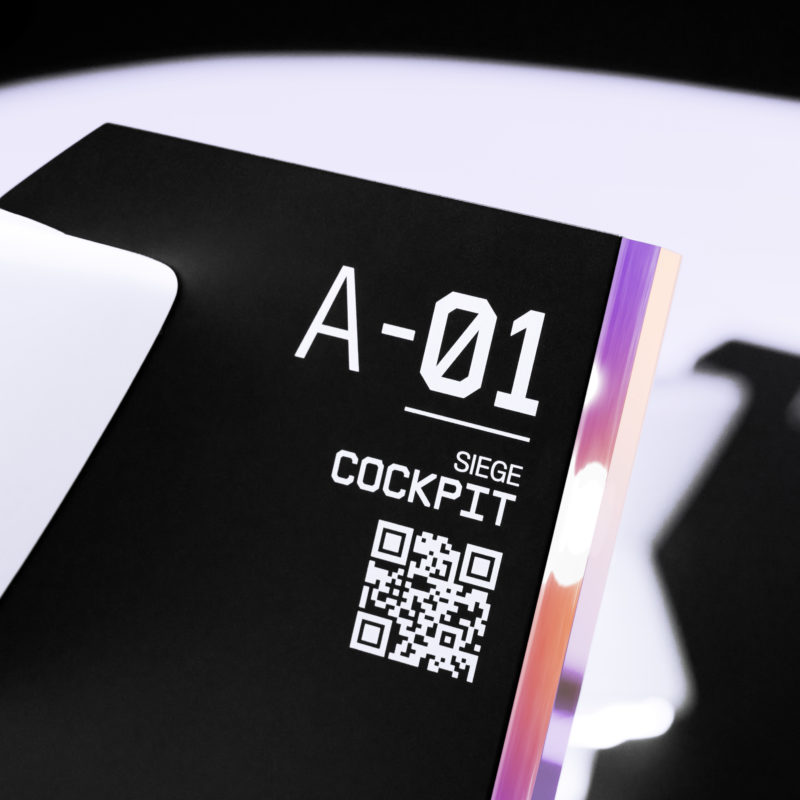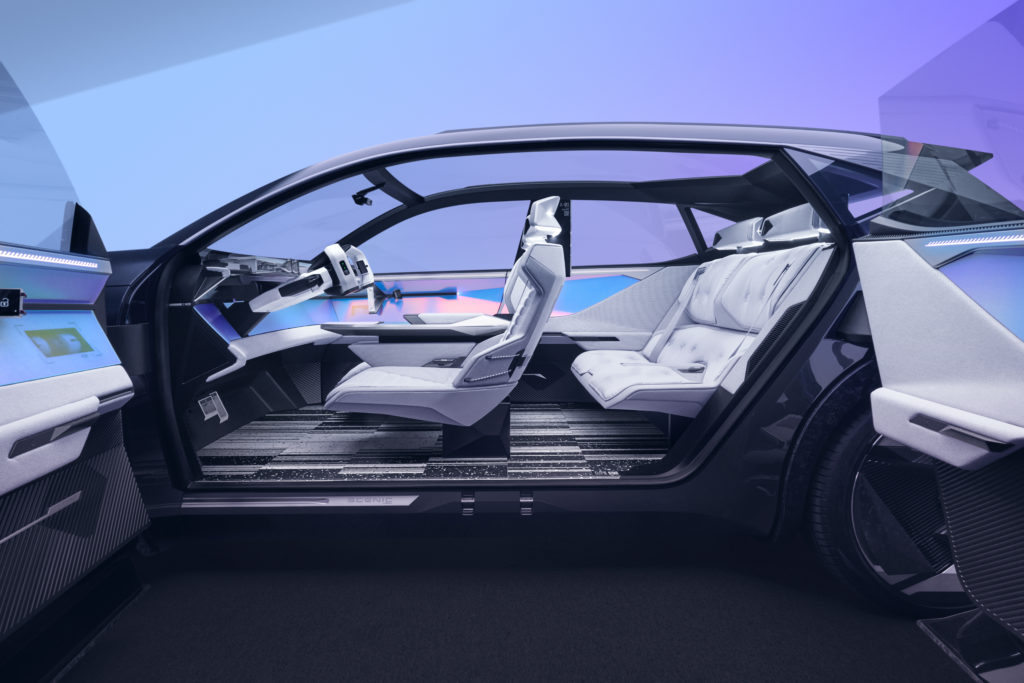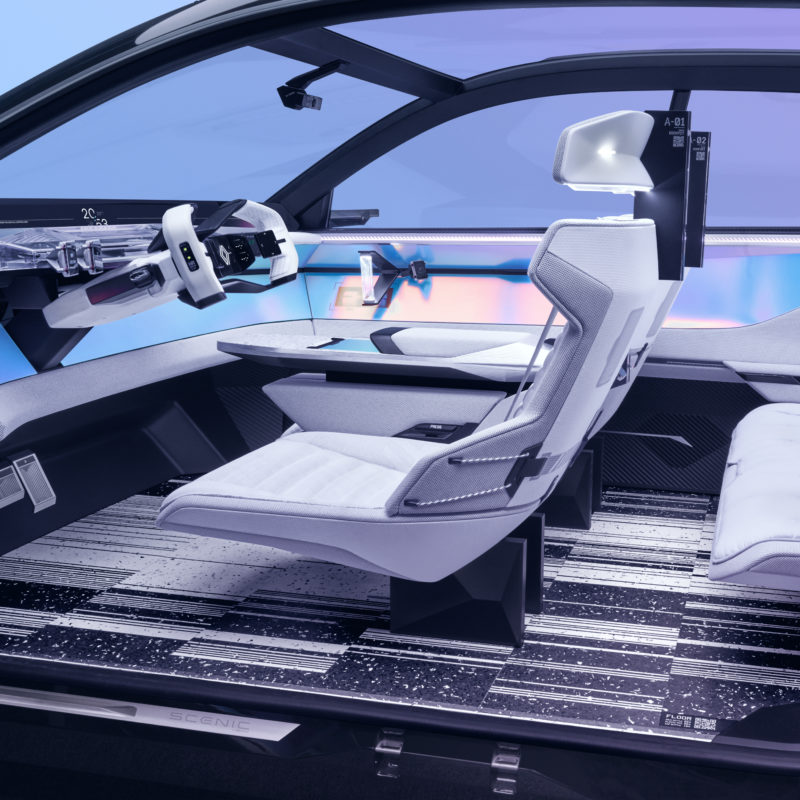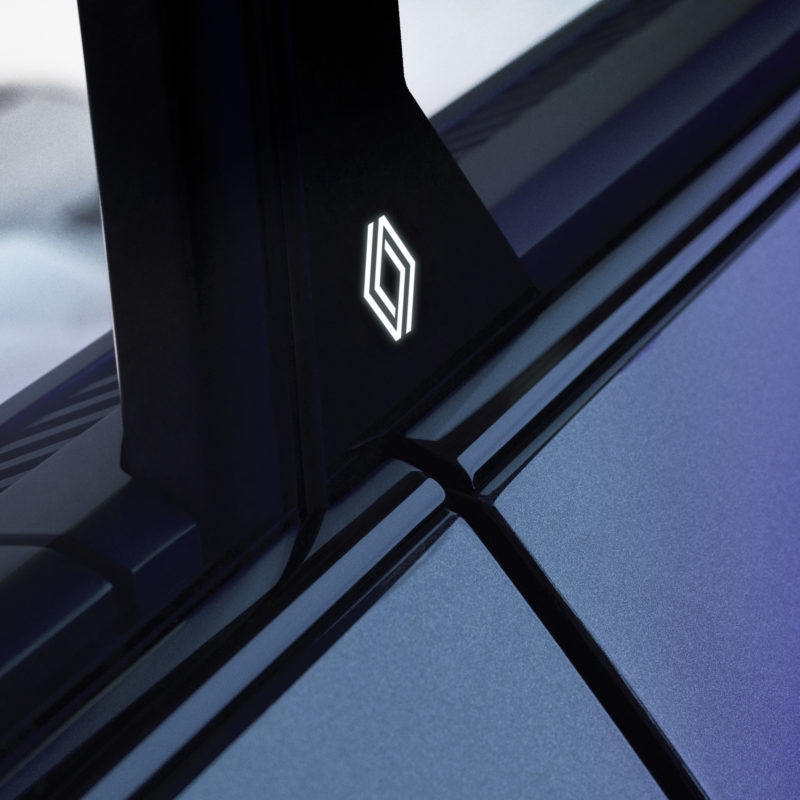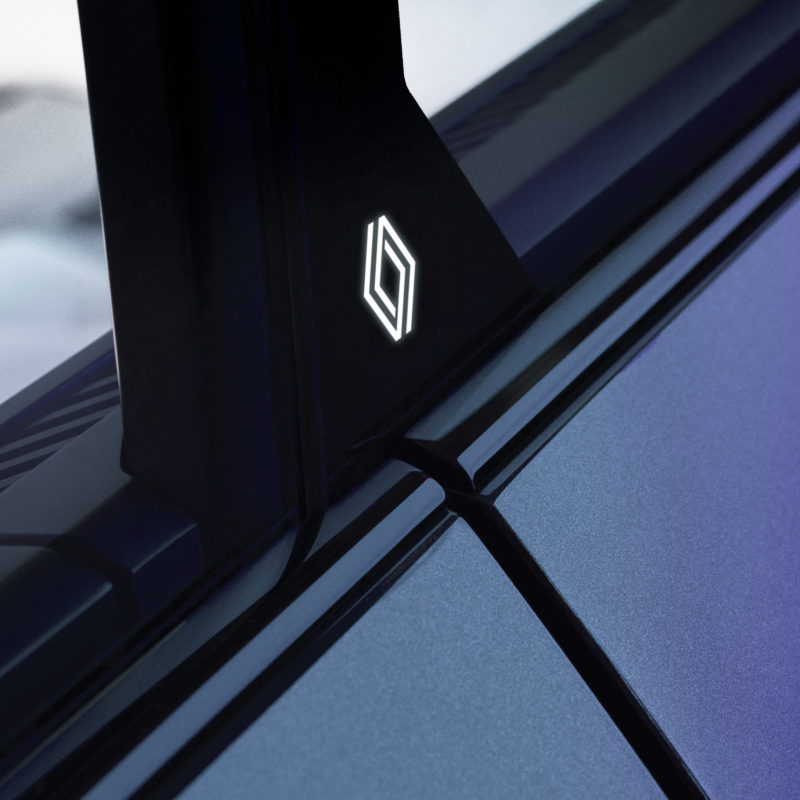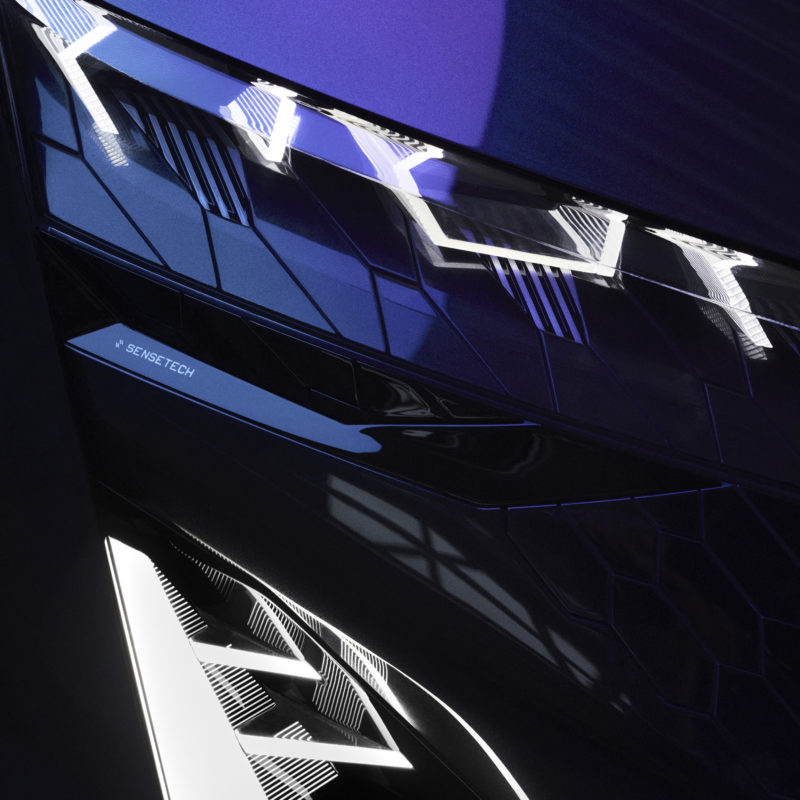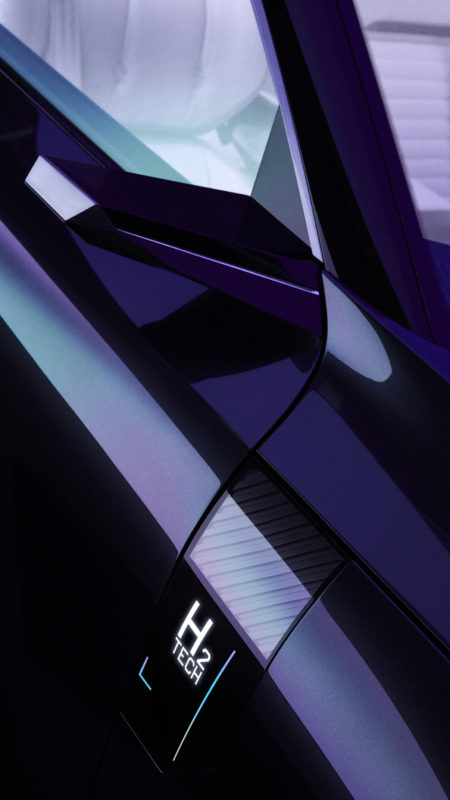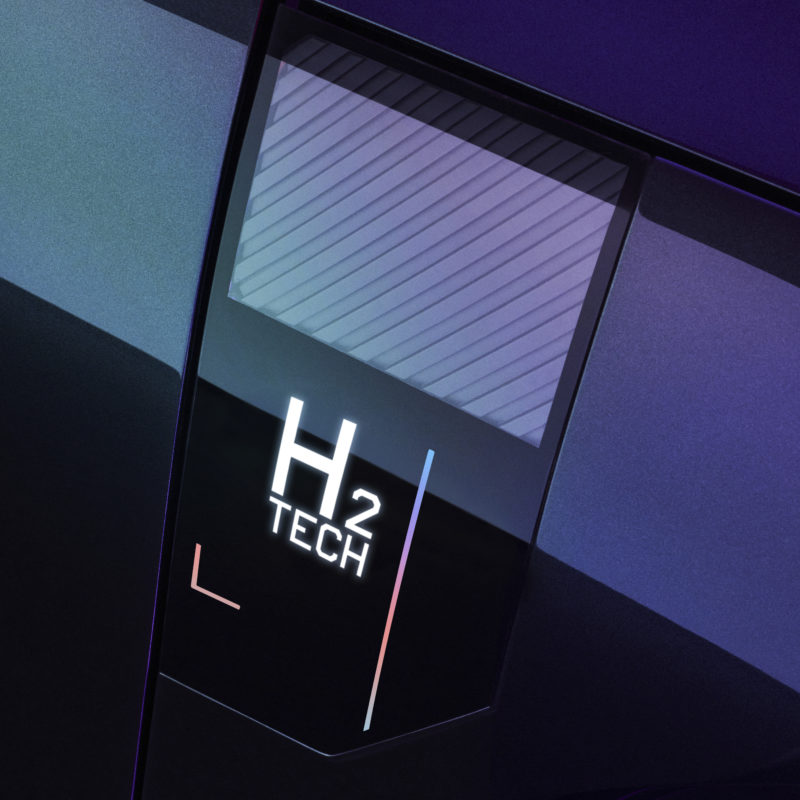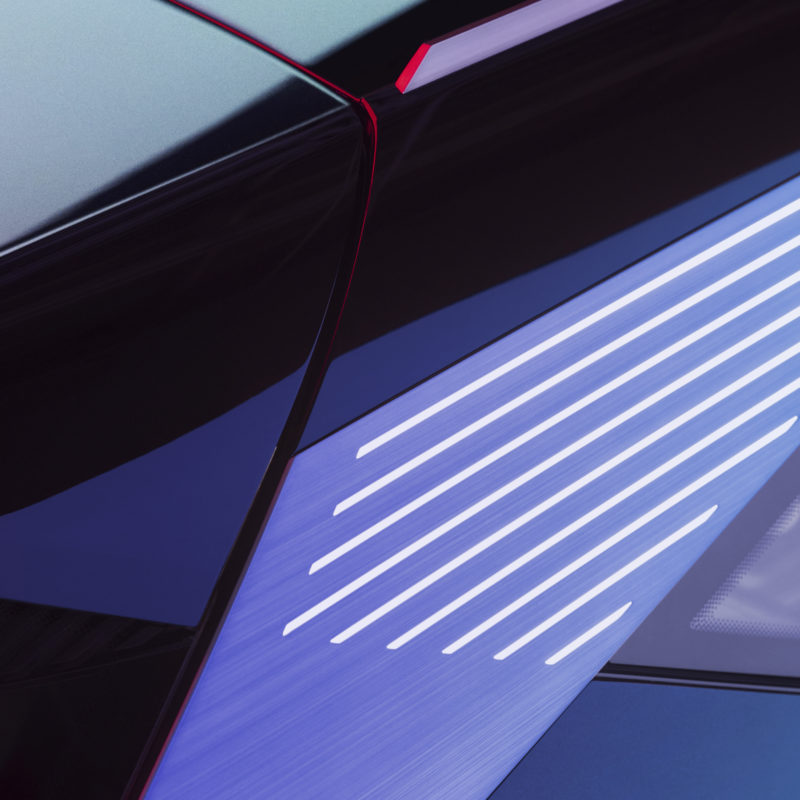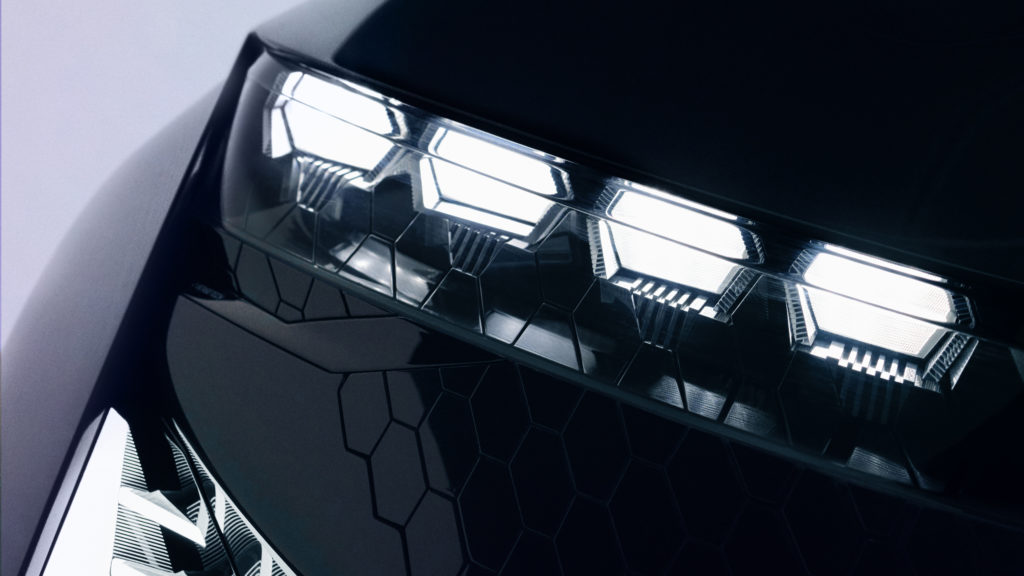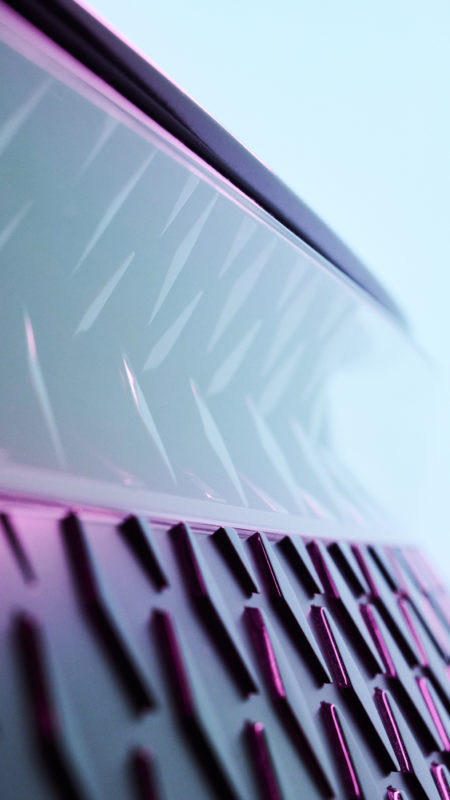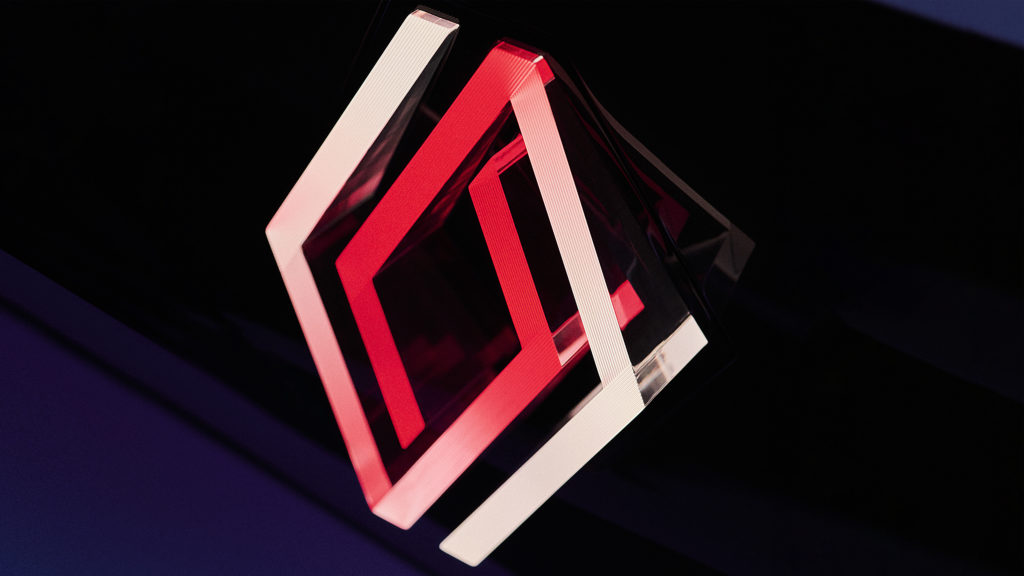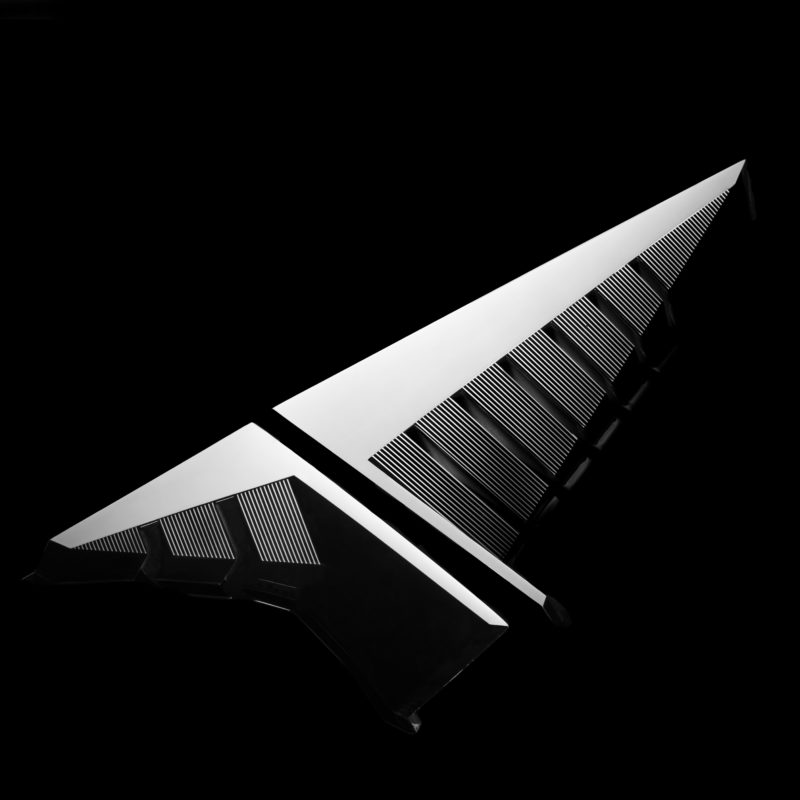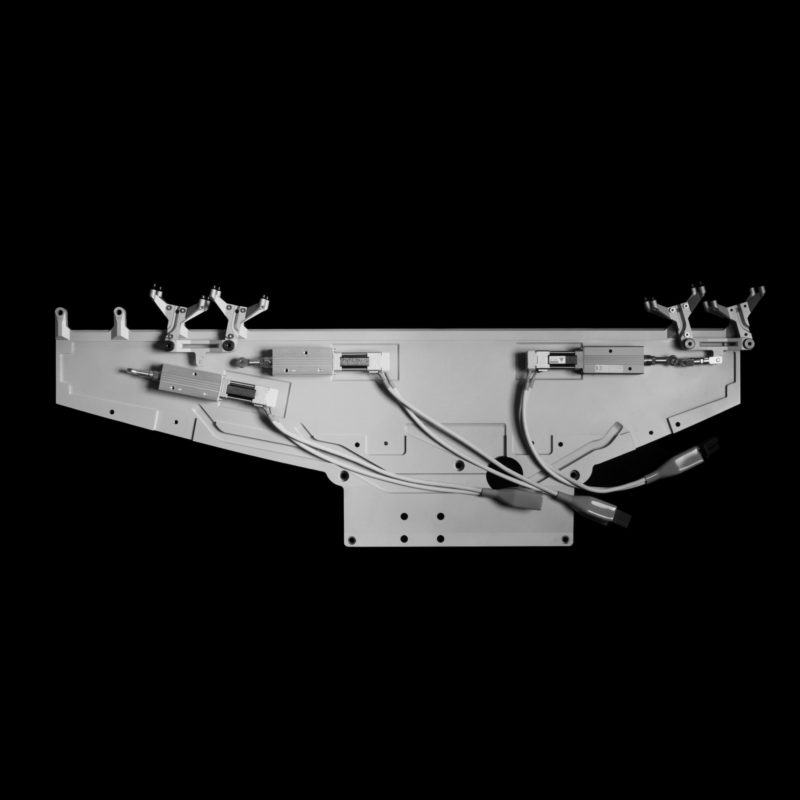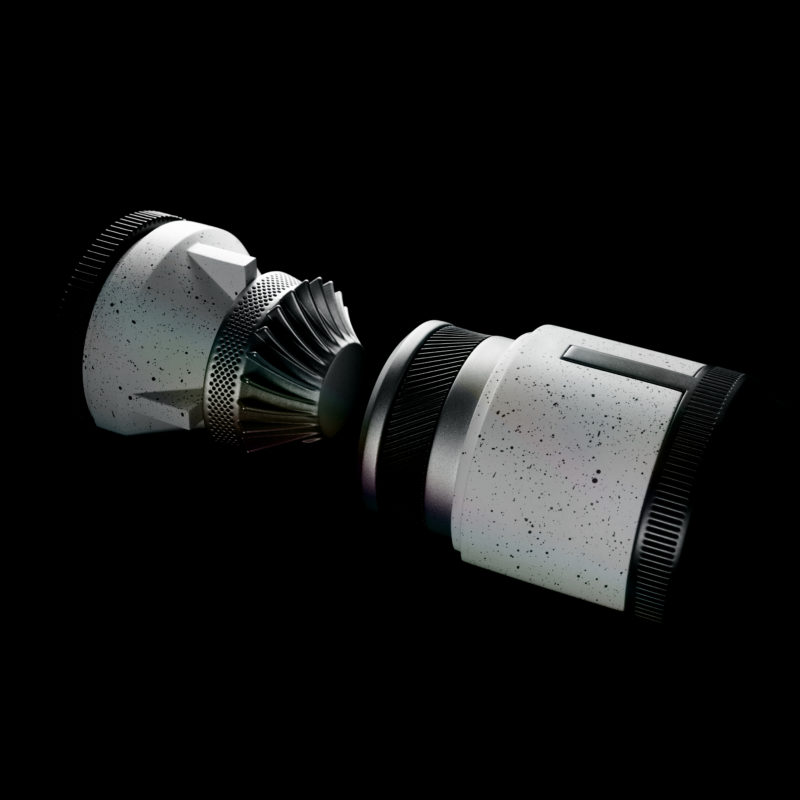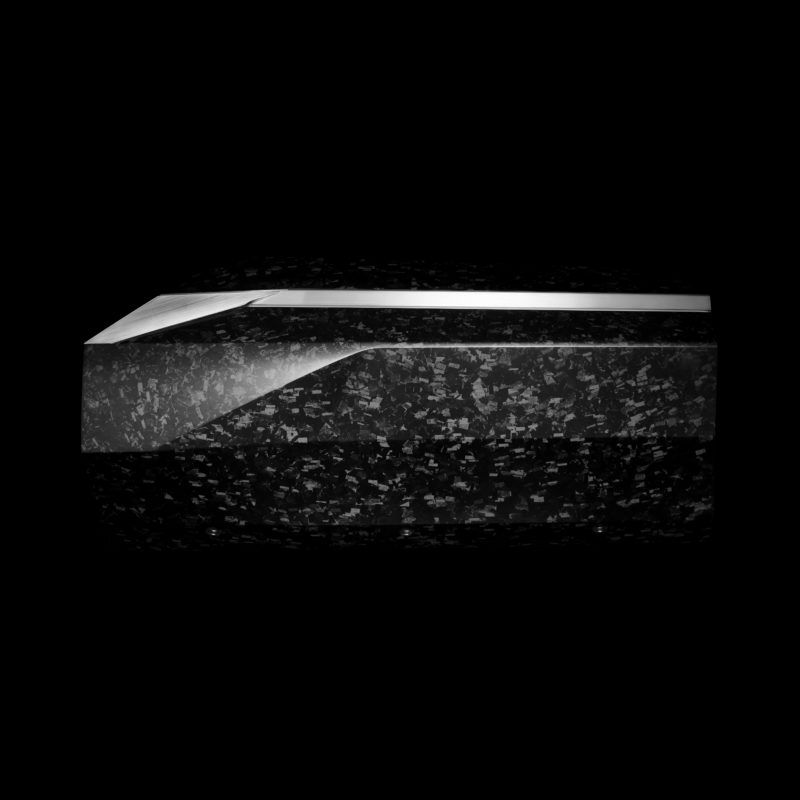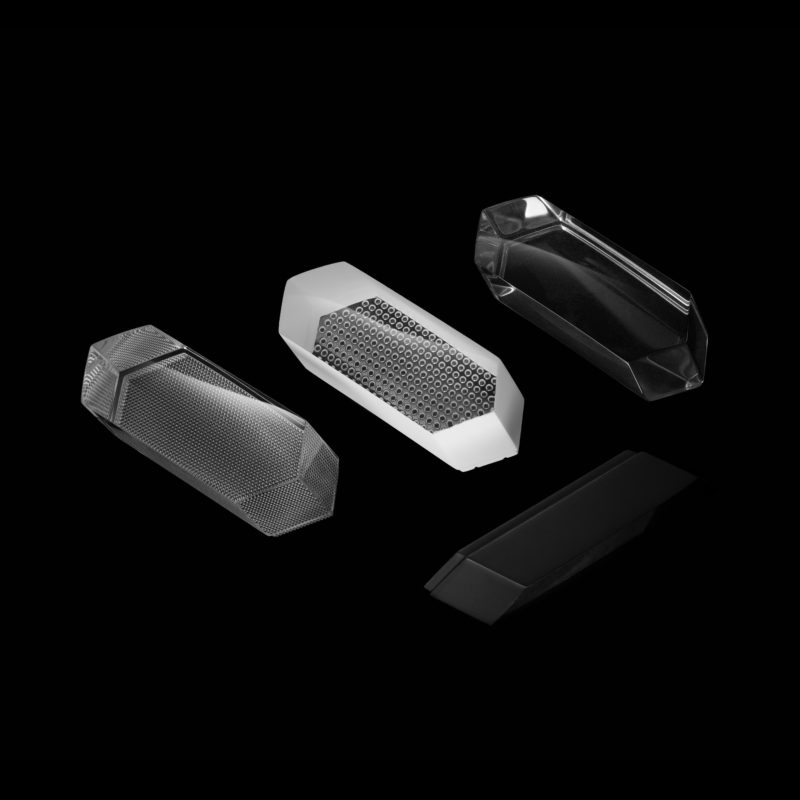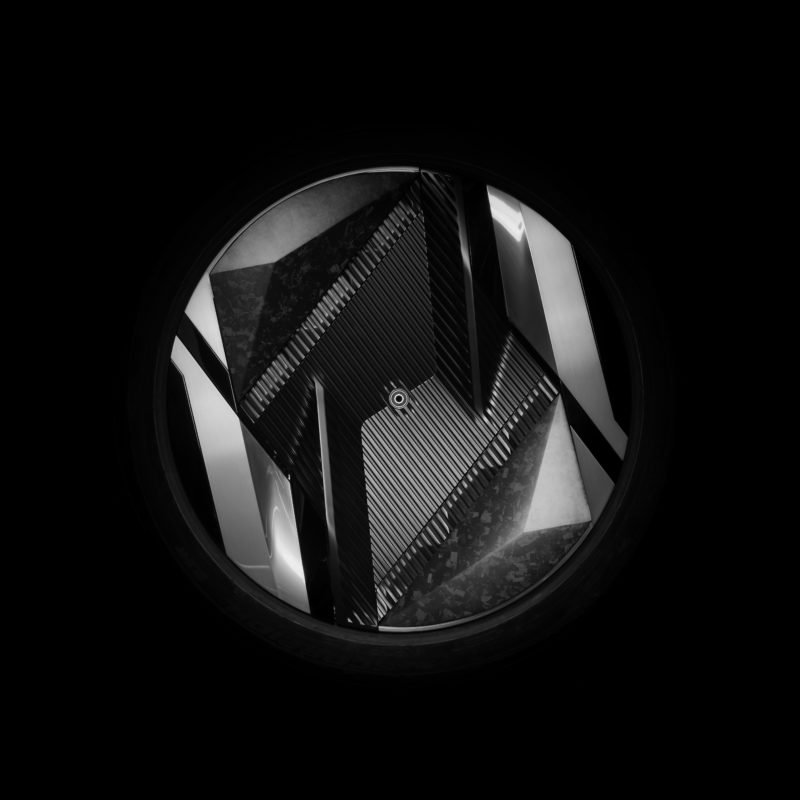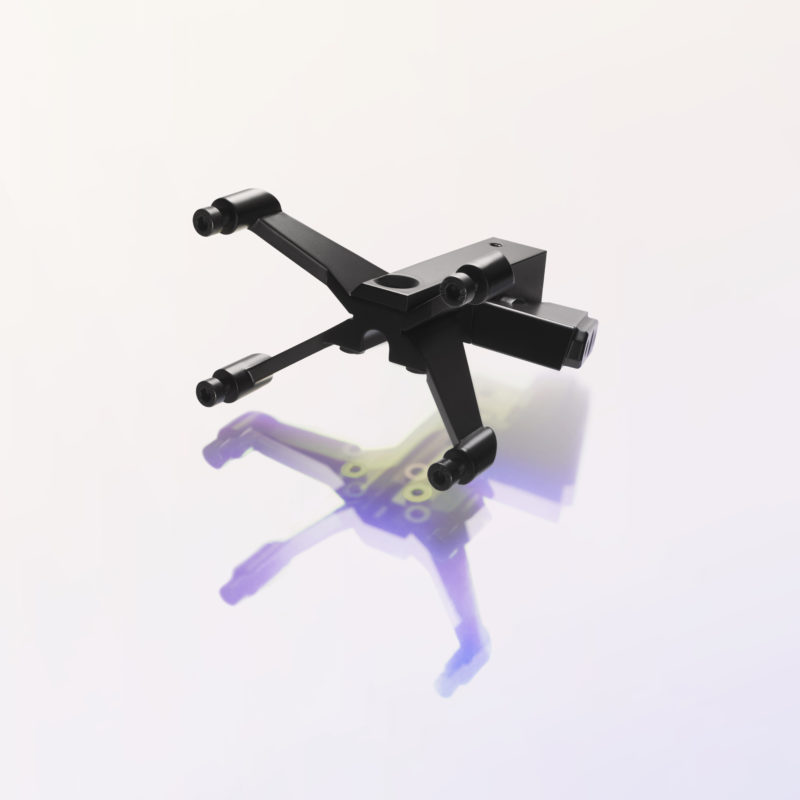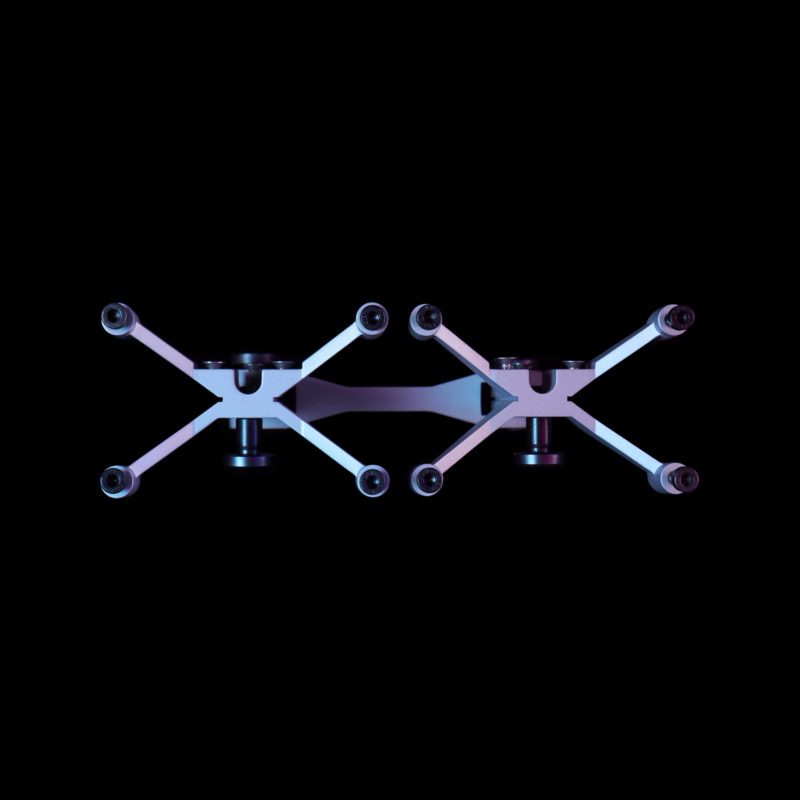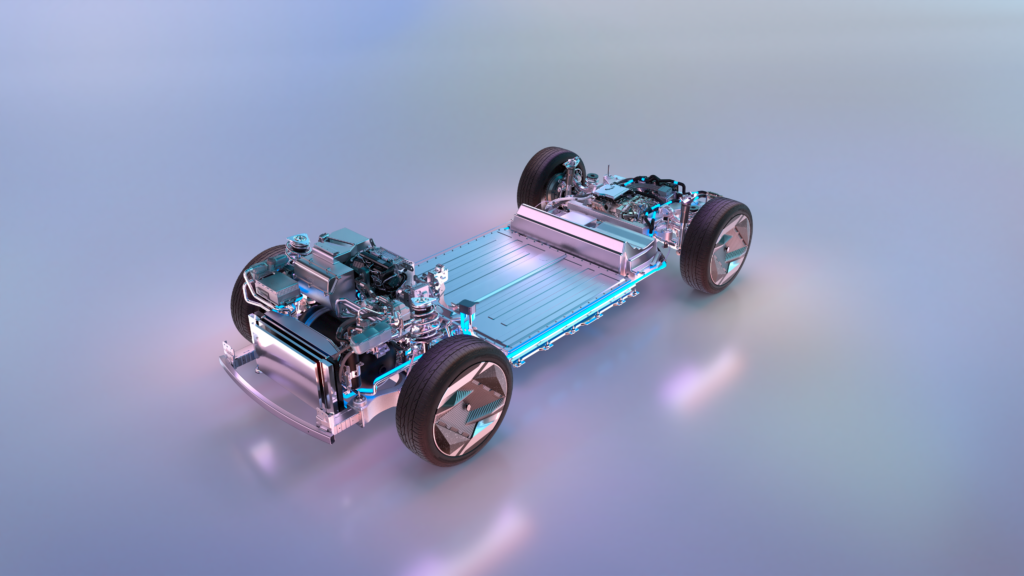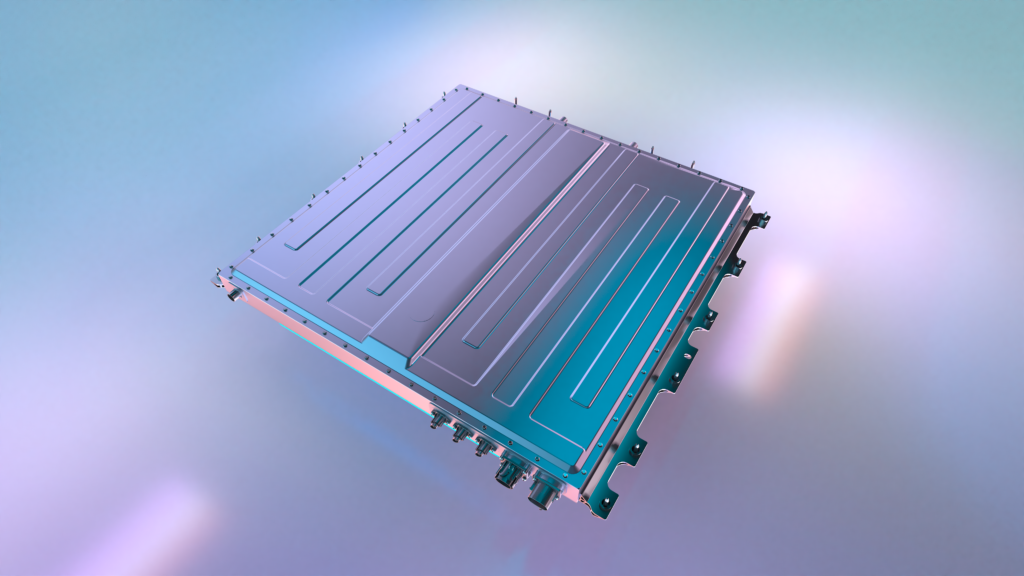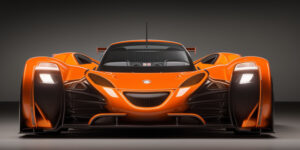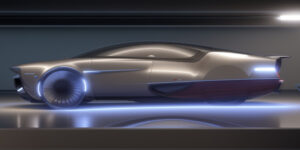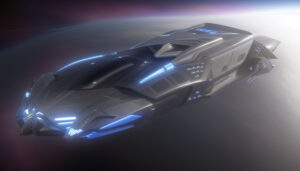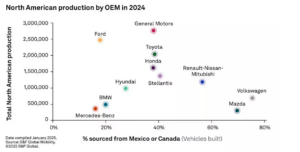Renault reveals Scénic Vision


Through its purpose, its sustainability strategy and the launch of the Renaulution strategic plan, Renault Group and its brands have embarked on a major transformation, moving from a race for volume to the creation of economic, environmental and social value, with the aim of becoming carbon neutral in Europe by 2040 and worldwide by 2050.
To help achieve these goals, Renault unveiled the world premiere of its new Scénic Vision concept-car at the ChangeNOW summit in Paris. It embodies Renault’s commitment to sustainable development and reflects the brand’s plan to decarbonize its entire lifecycle.
Unique, singular, plural: a pioneering concept-car
Renault is writing a new chapter in its history with an innovative concept-car that is both pioneering and visionary. From the outside, it foreshadows the future 100% electric family vehicle in the Renault range. Inside and technologically, it invites you to travel into another time, into a future where technologies and innovations will serve a more sustainable and environmentally friendly world.
“All our corporate commitments are not enough if we are not taking them all the way down to our vehicles. That’s why I requested the Renault teams to come up with the 1st concept-car that fully embodies our new ESG strategy and its 3 pillars: environment, safety, and inclusion. We called it Scénic Vision. Scénic, like our iconic “voiture à vivre”, and Vision because it fits people’s new expectations.” said Luca de Meo, CEO Renault Group and Renault brand.
Scénic Vision sets a new path for more sustainable, safe and inclusive mobility. Visionary and exploratory, it embodies the most advanced technological prospects for decarbonization and embodies the three pillars of Renault Group’s sustainable development strategy: environment, safety and inclusion.
Eco-design and circular economy innovations, incorporating over 70% recycled materials, including several closed loops, and 95% recyclable, contribute directly to resource conservation.
Its hybrid electric and hydrogen powertrain, aims to reduce downtime related to energy recharging while reducing the carbon footprint, including the battery. Renault Scénic Vision is zero emission in production and in use with a 75% smaller carbon footprint than a conventional battery electric vehicle.
Onboard technologies offer enhanced safety for drivers and passengers, reducing the number of accidents by up to 70%. The design of this concept-car also reflects the teams' desire to create a unique car that is accessible and suitable for everyone.
Scénic Vision concept-car embodies Renaulution's transformation to a greener, tech-oriented company. It embraces the challenges of climate, resource conservation, user safety and health, and accessibility. It opens a new chapter in the development of our vehicles, thought from design to end of life, in an ecosystemic way. In addition to being a design object, it is a series of objectives that the Group has set for itself and that will be gradually introduced in the next generations of vehicles.
Cléa Martinet, VP Group Sustainability.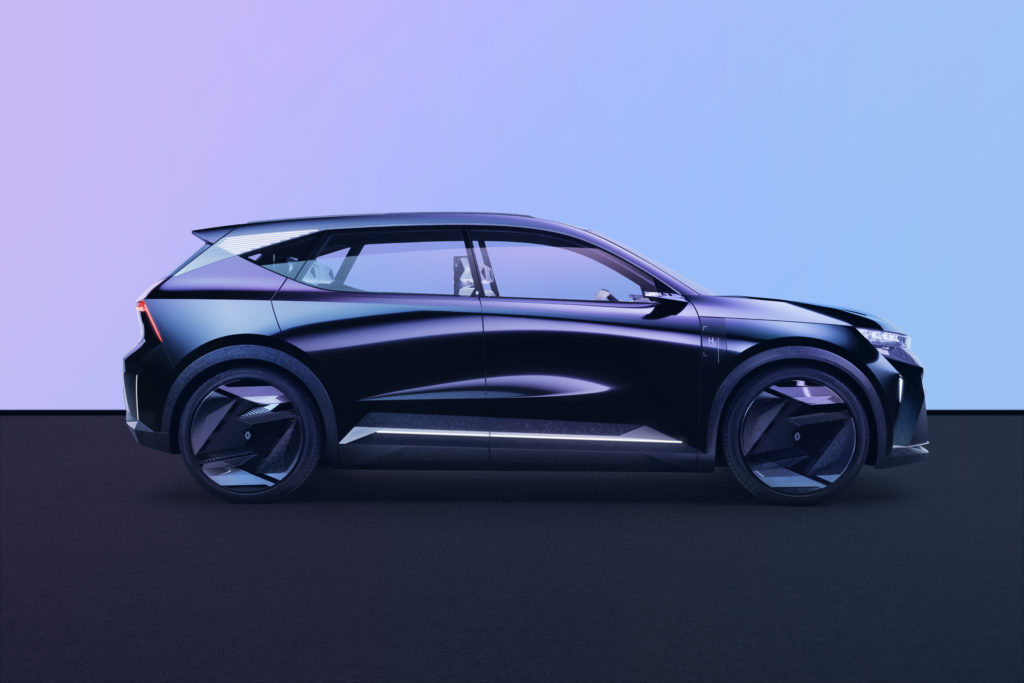
A design that opens the way to new perspectives
Scénic Vision concept-car is a true embodiment of Renault’s “Nouvelle Vague” and the result of a thorough design exercise and bold aesthetic choices. Its design prefigures different time horizons for the Renault range of vehicles. The exterior reveals the shapes and style of a new family model that will be marketed in 2024. Its interior design is a forward-looking study of future Renault interiors.
Its hydride electric and hydrogen powertrain, reflects Renault’s desire to find solutions for all types of use and is part of a longer-term vision, beyond 2030. This design opens the way to new perspectives, that of a world where cars and people converge towards the same values.
“Scénic Vision represents a new chapter in the history of Renault Group and for the brand. This concept prefigures the exterior design of the new Scénic 100% electric model for 2024 and the new Renault design language. The interior design, is a forward-looking study of future Renault interiors. Scénic Vision provides a suite of technologies and innovations at the service of a more sustainable mobility.” . said Gilles Vidal, VP Renault Brand, Design.
Renault & Jean-Michel Jarre
Jean-Michel Jarre is a pioneer in the electronic music. He is innovative, disruptive, popular... all words that link him to the Renault brand.
Luca de Meo, CEO of Renault Group, and Renault brand.Jean-Michel Jarre is a French composer, performer and record producer. Coming from the world of electro-acoustic research, he has given electronic music a popular dimension. Jean-Michel Jarre is an artist and also an engineer, he has constantly linked technology and creation. This is very close to how Renault has always seen innovation.
JMJ is also highy involved into protecting the environment as a UNESCO ambassador since 1993 (on environment and education topics).
The collaboration with Jean-Michel Jarre started in the early days of making Scénic Vision, precisely on the acoustics and signal processing. The artist teamed up with the design team in order to shape the sound signature of the concept-car, following the idea of “caring for the resources” with a “less is more” approach with only 1 loudspeaker on each door and the soundbubble system on every headrest.
Scénic Vision sets the beginning of a close collaboration with Jean-Michel Jarre. The artist will be an ambassador of the Renault brand, working with the teams on future solutions to be included into the product lineup.
Caring for the resources
Eco-design and short loops
70% of the materials used in the vehicle are recycled and over 95% of the vehicle is recyclable, including the battery.
The floor of the vehicle was composed by agglomerating plastic scraps from other sources (milk bottles, plastic pipes, etc.). On the whole vehicle, 30% of the plastic is biosourced. The vehicle's fittings are made of recycled carbon from the aeronautical industry.
Short loops are being deployed on strategic materials such as platinum, copper, aluminum and steel as well as the battery’s minerals
Tires are sourced from a GNSPR member manufacturer, committed to environmental and human rights responsibility.
The leather is abandoned and replaced by 100% recycled low carbon polyester.
The fuel cell tank is made of carbon fiber from recycled paper wasteBetter air quality
Inside: Placed in the driver's door, an air filter improves the air quality inside the vehicle by filtering the outside air.
Outside: The black pigments in the paint are derived from the processing of particles captured in the atmosphere;. a paint without synthetic pigment, which contributes to the improvement of air quality.Caring for the climate
The best from electricity and hydrogen
H2-Tech technology: a hybrid vehicle, both electric and hydrogen, equipped with a 16kW fuel cell. The H2-Tech technology is based on the "range extender" technology, which makes it possible to carry a battery that is twice as light, for the same range, thus contributing to decarbonization beyond the electrification of the vehicle. Although this solution is a vision for a passenger car, Renault Group through Hyvia (joint venture with Plug Power) already offers H2 solutions on LCVs.
In 2030 and beyond, once the network of hydrogen stations is large enough, you will be able to drive up to 800 km – or, for instance, 750 km from Paris to Marseille – without stopping to charge the battery. You will only have to stop for 5 minutes or less to fill the hydrogen tank.
Following on from the partnerships already entered into, this vehicle has a carbon footprint that is 75% smaller than that of an electric vehicle such as the Megane E-Tech electric. Its battery is up to 60% less carbon intensive than an equivalent battery, thanks to the use of short loops and low-carbon sourcing of minerals, and the use of low-carbon energy to assemble and produce the battery.Caring for the people
Safety
Total transparency and visibility
A camera system integrated into the front of the vehicle enlarges the driver's field of vision by 24% by retransmitting the immediate environment on a screen positioned on the dashboard. The windshield is thus enlarged to 180° for a total and reassuring visibility, the hood appears transparent.New generation of safety and connected health: Safety Coach
A risk assessment interface helps to anticipate last-minute stressful situations. It compensates for the driver's possible lack of attention and gives personalized advice to continuously improve driving habits. This interface also provides personalized health advice to the driver via the analysis of data collected by cameras and connected sensors placed inside the cabin (heart rate, fatigue, etc.).Inclusiveness
A vehicle that adapts to its user
A facial recognition system allows the door to be opened and the vehicle settings to be adjusted according to the driver's profile. This system also offers the possibility of adapting the driving conditions to a possible handicap.Ultra-personalized and inclusive sound space
Each seat is equipped with microphones and loudspeakers to provide its own audio ambience (radio, hi-fi, voice-assisted driving) while maintaining optimal communication on board. The retransmission of the voice of the passengers and the driver, and if necessary the amplification of their voice, facilitates communication between the occupants of the vehicle, in particular if a hearing impaired user is on board.Increased accessibility
The absence of a pillar between the doors and a flat floor facilitate access for people with reduced mobility.TECHNICAL SPECS
Length: 4,490 mm
Width: 1,900 mm
Height: 1,590 mm
Wheelbase: 2,835 mm
Rims: 21 inches
Tires: 235/45 R21
Weight: 1,700 kg
Energy: hybrid electric-hydrogen
Engine: 160 kW electrically excited synchronous motor
Fuel cell: 16 kW
Battery: 40 kWh